Some Eateries Not Resuming Dine-In Service In Phase 2 Reopening Post-Circuit Breaker
A couple will stick to takeout & delivery as seating capacity reduced by 50% with social distancing measures.
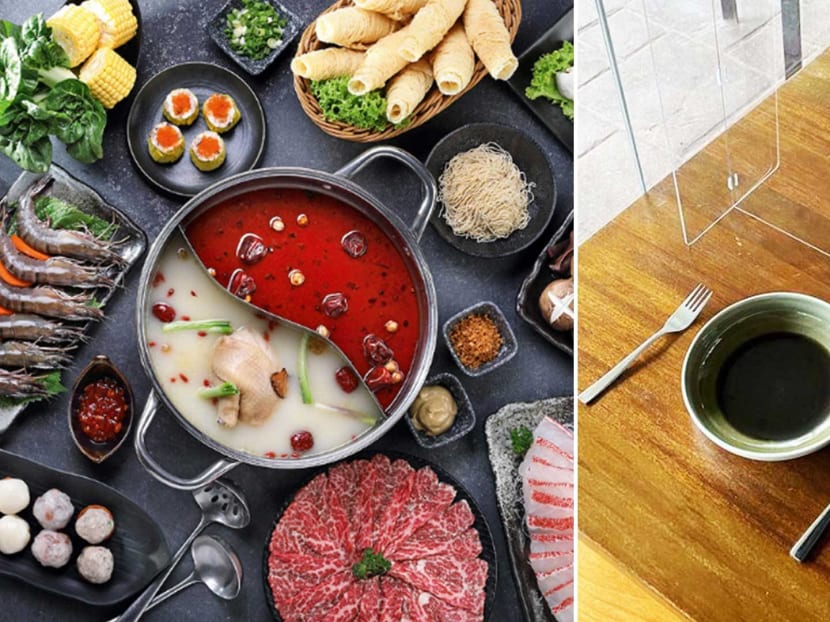
A couple will stick to takeout & delivery as seating capacity reduced by 50% with social distancing measures.
Covid-19 has changed the way we work, play and eat. For F&B owners, the upheaval has been particularly capricious — when the circuit breaker started on April 7 and they were required to stop dine-in service, they scrambled to set up new systems overnight for takeaway and delivery. And now, they have to grapple with reopening for dine-in customers again, as Singapore gradually restarts its economy post-circuit breaker’s Phase 2 on June 19.
The government’s upcoming “safe transition” period will see more businesses — including F&B outlets — reopening with “safe management measures, group size and capacity limits in place”. Groups of no more than five pax will be allowed for communal dining in public, while dining groups have to maintain a distance of at least one metre apart, with no mixing of groups. Alcohol sales and consumption will also have to cease at 10.30pm, and live music, TV and video screenings are prohibited in F&B spaces.
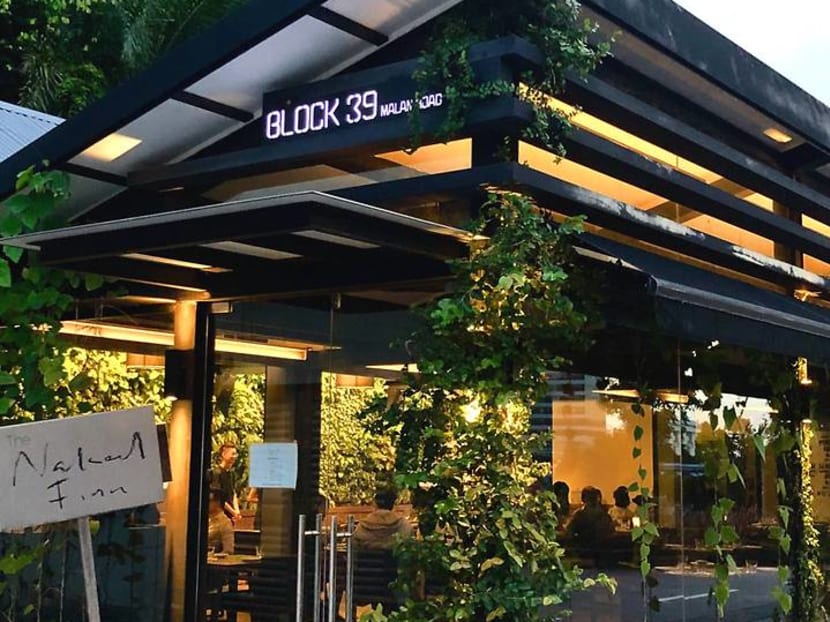
The one metre rule impacts F&B businesses operating within a small space, simply due to logistics: they do not have the luxury of space to spread out their tables that far apart. And then there’s also the economics of it: there will be far fewer customers, yet many restaurateurs have to continue paying rent in full and also deploy more staff to serve diners.
Which is why some eateries are choosing not to reopen for dining-in immediately after Phase 2 kicks in. “When there are social distancing rules, there will be severely limited capacity. For sure it will affect the whole dining experience, which is part of the reason why we’re hesitant about opening for dine-in,” Ken Loon, owner of seafood restaurant The Naked Finn at the Gillman Barracks, tells 8days.sg.
The 60-seat eatery, which also offers a burger concept called BurgerLabo, has instead been focusing on takeaway and delivery. Ken reckons his “lean team” can’t handle additional dine-in orders on top of their current ones. “It really doesn’t make sense to switch when things are doing ok now,” he says, adding that his current arrangement will “most likely” continue indefinitely.
Nicole Neo, who owns the 40-seat Gram Cafe & Pancakes at VivoCity, is also holding off reopening for dine-in. “Honestly, I think business will drop by 50% ’cos the seating will be limited due to social distancing,” she shares. “That’s why we may need to continue with [just] delivery to help us with revenue.” Her cafe’s viral ‘soufflé pancake sandwiches’ now have a backlog for delivery orders. She is planning to hold off dine-in service till her cafe fulfills the remaining orders. “My target personally is to [reopen] in mid to end-July for dine-in,” she says.
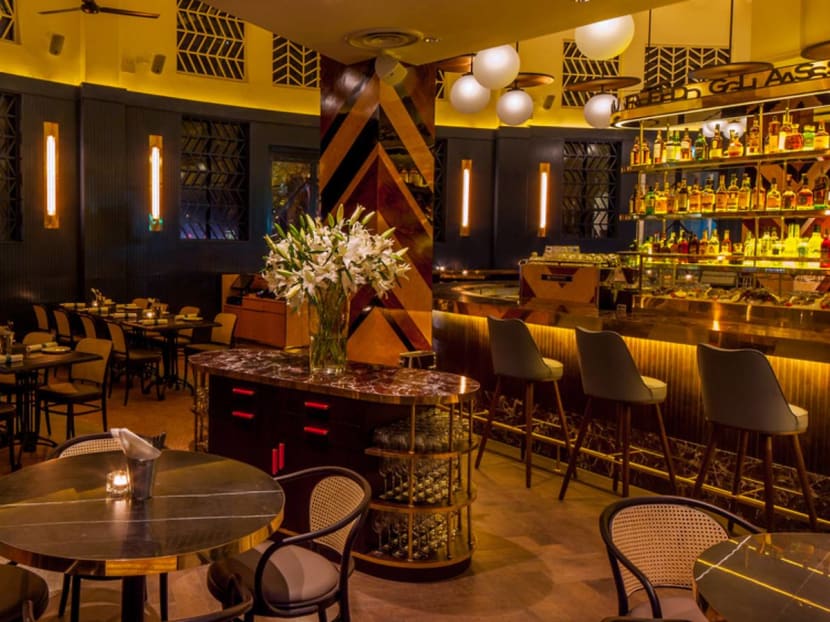
The Lo & Behold Group, which temporarily closed its Art Deco bistro-bar The Black Swan (pictured) in the CBD at the start of the circuit breaker, is also delaying its reopening and sending its staff for further training instead. Wee Teng Wen, the group’s founder, says it did not make “economic sense” to keep the restaurant open, due to most companies’ current WFH policies and an “extremely thin” CBD crowd. He adds, “For the same reason, reopening will be put on hold as the majority of CBD office workers will continue to work from home.”
Photo: The Lo & Behold Group
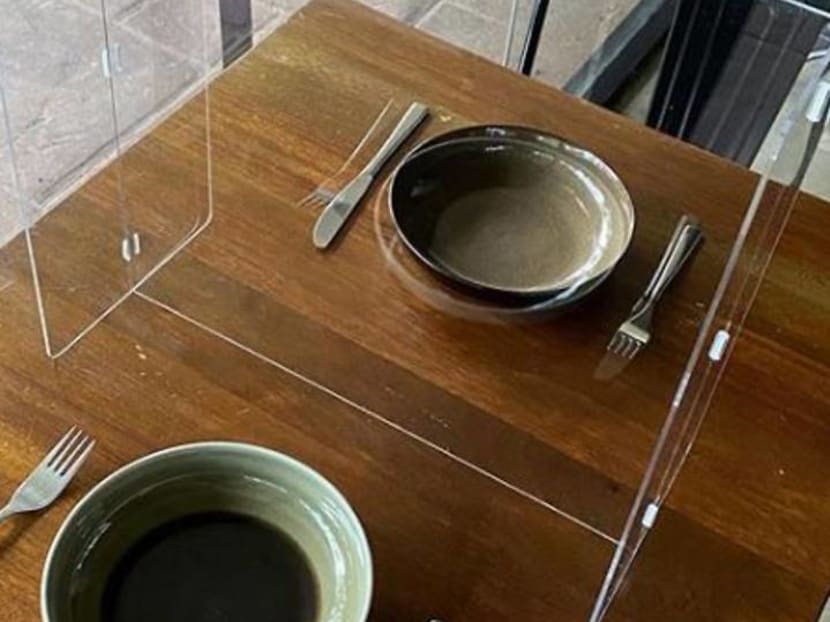
According to Teng Wen, furniture in The Lo & Behold Group’s restaurants will be “carefully reconfigured” and spaced at least a metre apart to accommodate the new dining regulations, along with additional signage reminding staff and guests to “respect each other”.
Meanwhile, celeb chef Willin Low is considering installing acrylic partitions “that you can put on tables [like] a shield”. Despite his mod Sin restaurant Relish being located in the CBD at Frasers Tower, he will resume dine-in as soon as Phase 2 starts. He reasons, “I think we are all looking forward to some form of normalcy, and dining out with loved ones is one of them.”
To make the transition to partitioned dining less awkward, actor-restaurateur Adam Chen is setting up “Japanese screens” for the tables at his Japanese eateries like IKKI and Ebisu Bowls. “We try to make it as aesthetically pleasing as possible, [so it doesn’t] remind customers about the pandemic,” he quips.
Photo: Foodshop Network
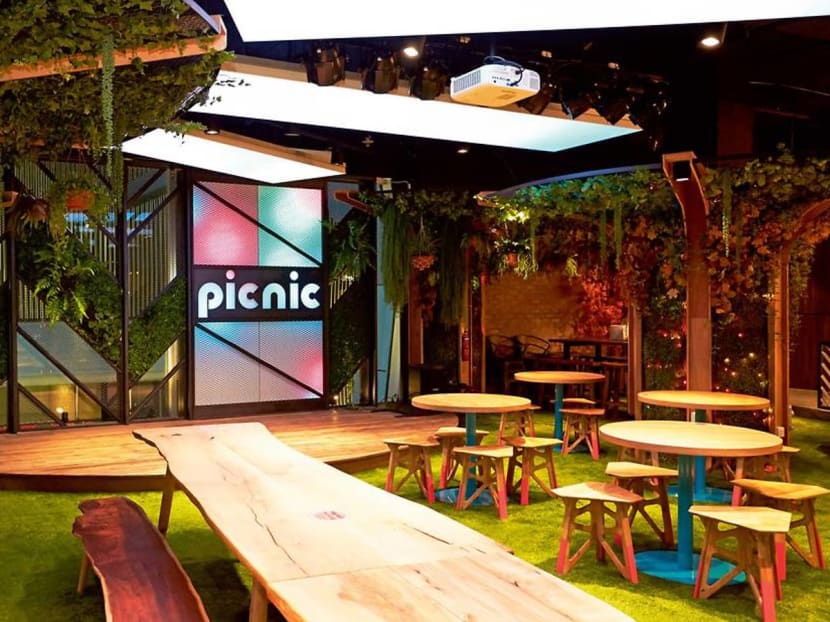
In Phase 2, you will also have to get used to not having a physical menu at some restaurants. To reduce contact points and germs spreading, Adam has uploaded his menus, along with food photos, online for customers to peruse on their own phones. “It’s actually an improvement, as some customers have always asked for pictorial menus,” he says.
At Wisma Atria food enclave Picnic, owner Cheng Hsin Yao is introducing contactless ordering, where diners can order on their phones while seated at their tables and have food delivered to them by servers. This prevents overcrowding at the enclave’s various food stalls. But you don’t have to download yet another app that clutters up your phone. He explains, “Everyone hates downloading [apps], so we chose a web client to make the experience more pleasant.”
Empire Eats Group’s Howard Lo also plans to do away with the traditional place setting for tables: “Silverware and glasses will be removed from tables as everything will be placed fresh for each customer.”
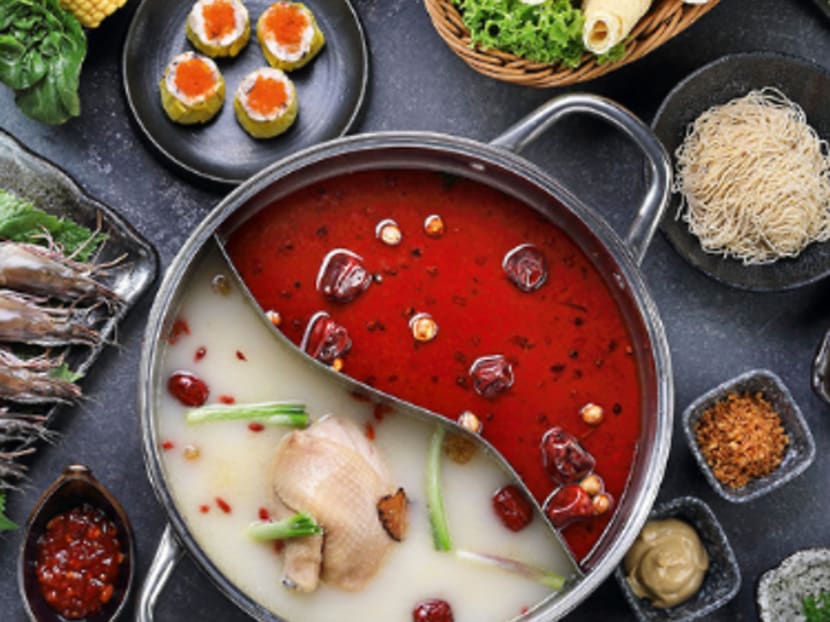
Well-loved steamboat dining is also expected to resume in Phase 2. Imperial Treasure's marketing rep tells us that all its outlets, including those with a steamboat concept, will be welcoming dine-in customers. As its Chinese cuisine is mainly communal, the company’s outlets will have servers to “plate the dishes into individual servings” as well as help diners cook and serve steamboat ingredients. Ample communal cutlery will also be provided for hygiene purposes.
Photo: Imperial Treasure
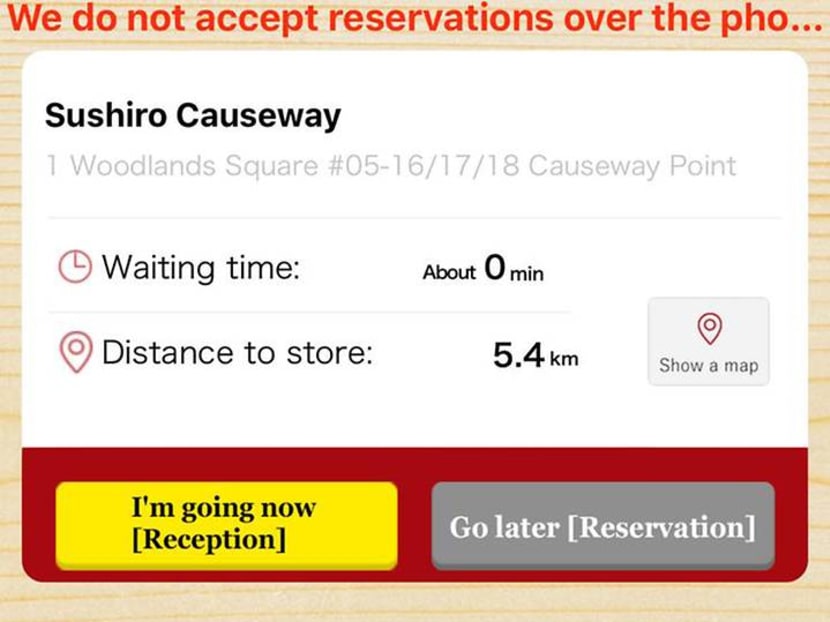
Swish sushi bar Yoyogi’s chef-owner Edwin Tan says his 12-seat counter at Amoy Street will now accommodate only eight customers in staggered timings, with well-spaced seats. “[There’s no] fixed [segregation], just social distancing for different groups,” he says.
Meanwhile, casual sushi chain Sushiro will be revamping its queue system, which previously had customers waiting in line for their queue number outside its outlets. To reduce the crowd loitering in a confined space, the chain has introduced a mobile app that allows customers to get a queue number and notifies them of the estimated time (including travelling distance to the restaurant) so they leave their home on time.
A PR rep shares that “all customers will be required to check-in at the counter when they dine in the restaurant. This facilitates contact tracing”. The sushi on the restaurant’s conveyor belt will also come with plastic covers, and dishes discarded if they are not claimed within a 350m travelling distance.
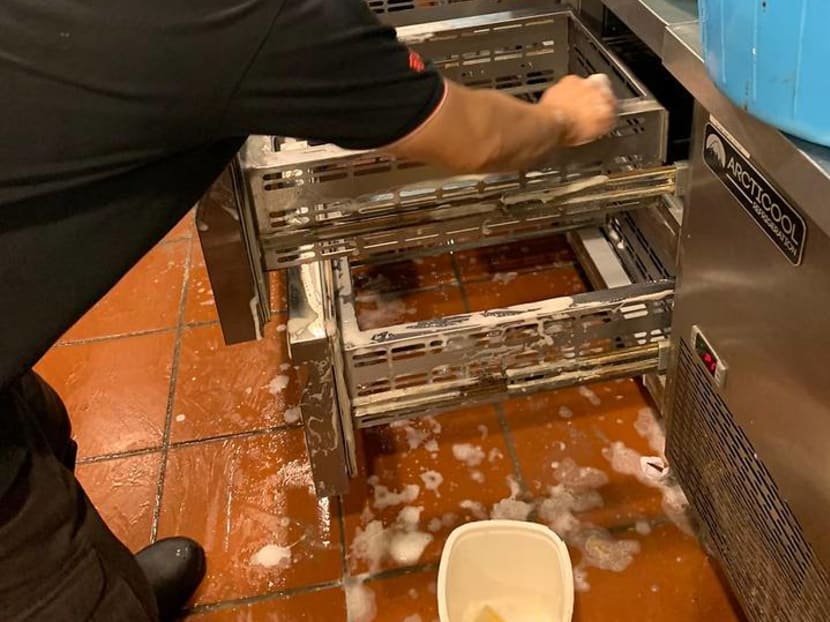
And of course, there’ll be deep-cleaning at restaurants. At fried chicken chain Tenderfresh’s restaurants, the kitchens and their equipment will be thoroughly soaped down by staff on an even more frequent basis, and unused items removed from the site to prevent cluttering. “We do all this [even before the coronavirus outbreak], but we must do more now ’cos people are sensitive about hygiene and cleanliness,” says Tenderfresh’s group executive chef, Jeffrey Lim.
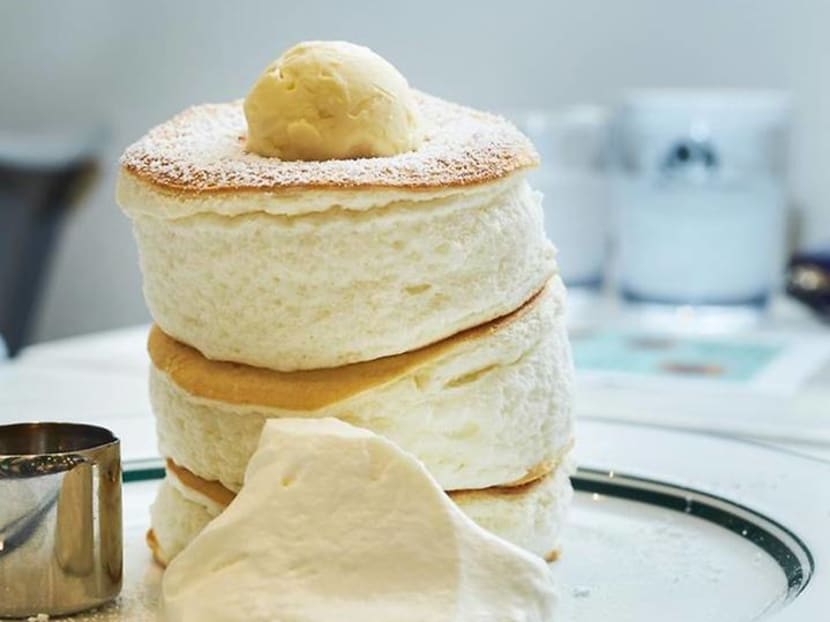
And instead of having customers stroll in whenever they want, some eateries are trying out staggered dining slots to manage the human traffic. This includes the Les Amis Group, which will introduce the slots during peak dining periods for its mid-tier outlets La Strada and La Taperia. “For dinner, customers can choose to dine between 6pm to 8pm, or 8pm to 10pm,” says Michele Chang, its marketing and communications group head.
Gram Pancakes will also break up the serving times for its soufflé pancakes (pictured). Instead of being served at 11am, 3pm and 6pm, they will split into hourly slots. “We will serve maybe eight to 10 pancake sets per hour to spread out the number of customers dining in our cafe,” says its boss Nicole Neo.
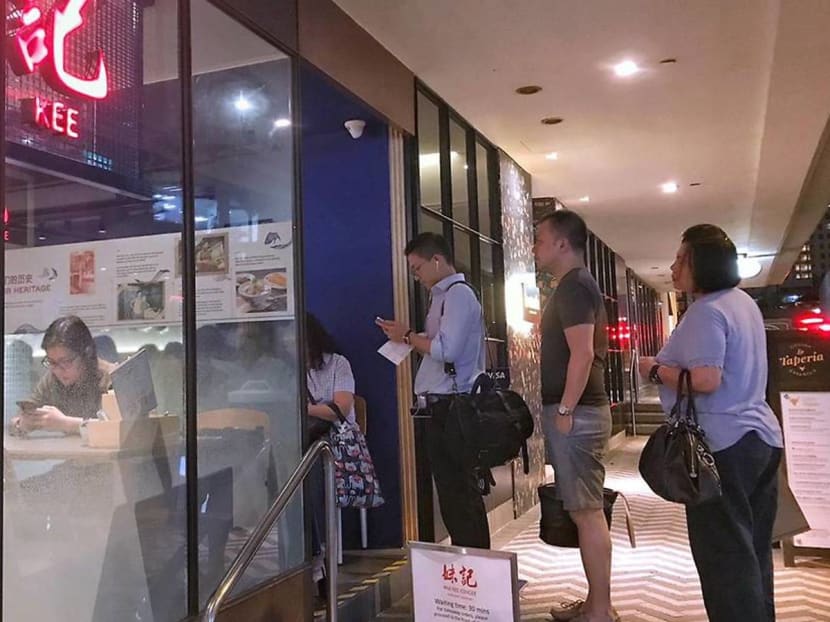
Food delivery, which has become the unsung hero of every household during the circuit breaker, is also here to stay. To cater to people who don’t want to be crammed inside a restaurant, F&B outlets are offering special packages for creating a DIY dining experience. The Lo & Behold Group, for instance, will have a new Dine In Nature concept with two types of picnic baskets filled with food from their various eateries, like sourdough from Le Bon Funk, The White Rabbit’s Duck Rillettes and Chicken Liver Parfait, and fancier picks like Lobster Croque Monsieur.
The Les Amis Group is also looking into opening cloud kitchens in the heartlands for their mid-market and upcoming virtual delivery-focused brands, with the company confirming that they will be launching a “spin-off noodles sub-brand of our popular Mui Kee concept”.
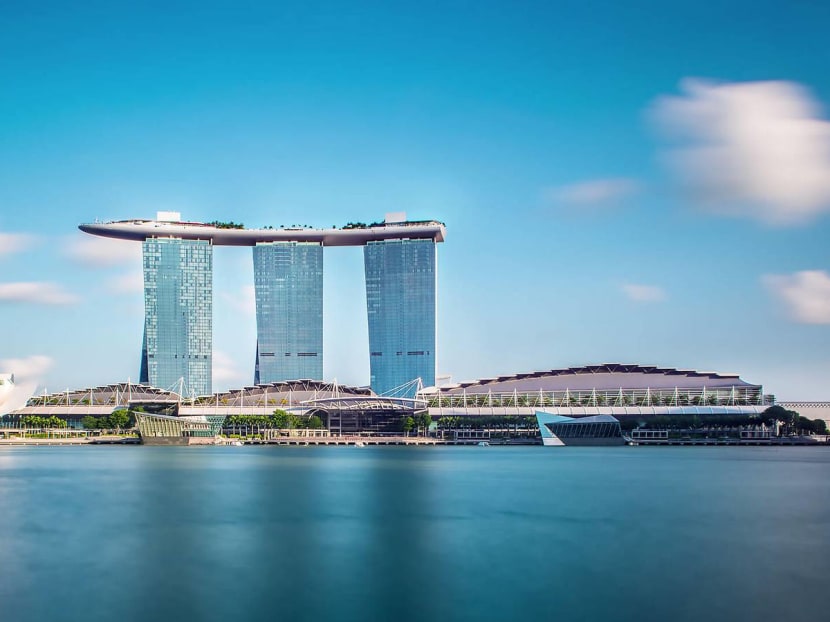
While Singaporeans are rejoicing over being able to dine out again, some F&B outlets are still fine-tuning their operations for the grand Phase 2 reopening on 19 June. Major players like the Crystal Jade Group, Resorts World Sentosa and Marina Bay Sands (which has closed all its F&B outlets for the circuit breaker) declined to comment for this story. “Crystal Jade Group has been planning for Phase 2 and is awaiting further details from the authorities before finalising their plans,” says its PR rep, while RWS and MBS echoed similar sentiments.
As businesses work hard and bear extra costs to welcome customers again, it’s imperative to remember that F&B staff deserve our support and understanding too. Howard Lo, who runs restaurants like Tanuki Raw and Standing Sushi Bar, expects some difficulty in implementing the new safety measures. He explains: “With limited seating and precautions such as SafeEntry and temperature screening, it may take longer for someone to be seated, so we hope guests will be patient. Clear communication and visual cues will help customers understand and accept what’s happening.”
UPDATE (JUNE 17): Marina Bay Sands has announced that it will be reopening its mall on June 19. But to ensure that there's no overcrowding, it will limit access to the mall to only members of its Sands Rewards loyalty programme. Its tenanted and MBS-operated F&B outlets will remain closed, as it will take time for individual retailers to ramp up their operations . Other venues within its Integrated Resort, such as the hotel, casino, ArtScience Museum and the Sands Expo and Convention Centre are also closed indefinitely.
Photo: Marina Bay Sands






